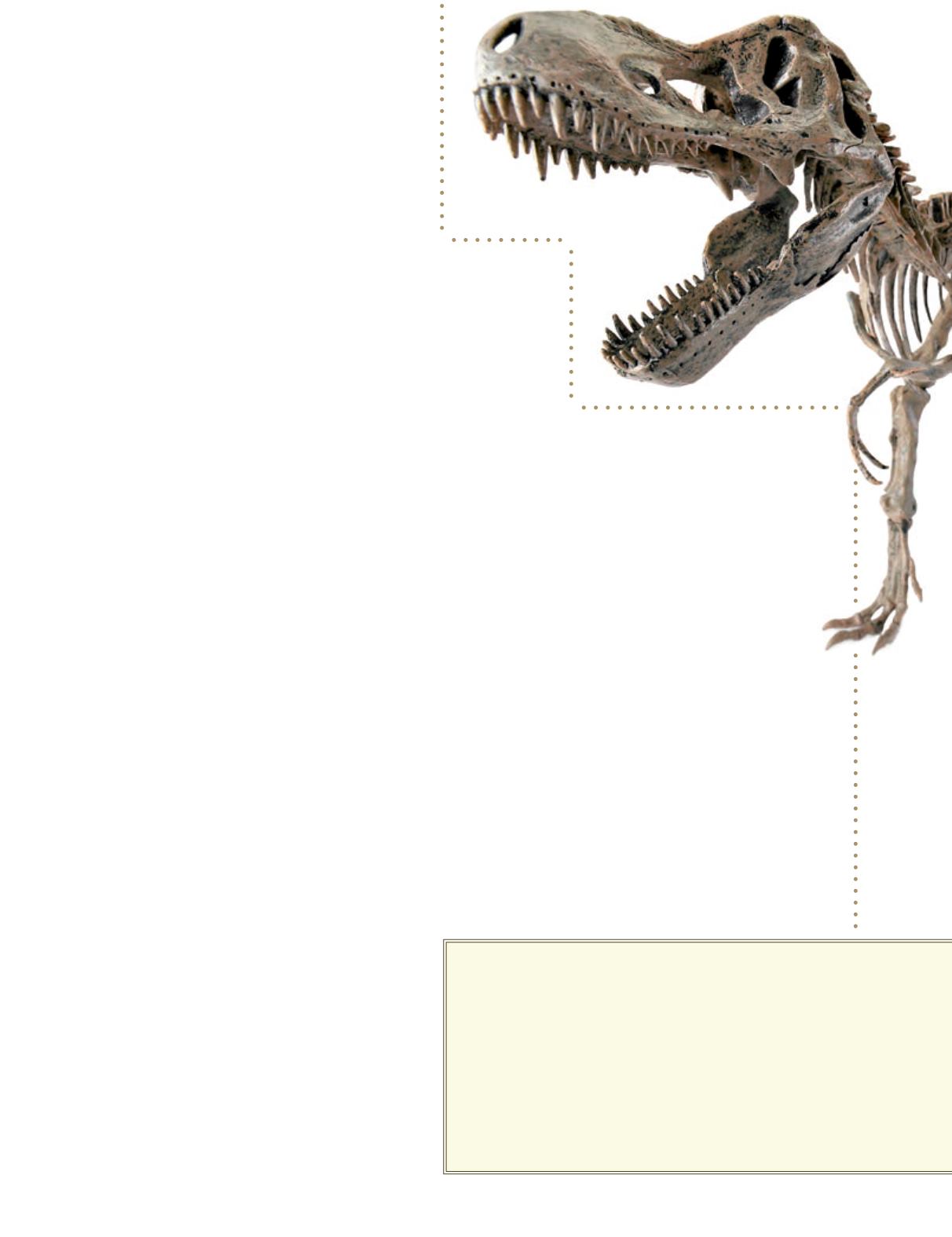
Imagine SPS graduates given an all-expenses-paid
trip around the world during their budding university
experience. This was the introduction to science Ger-
many, England, France, and other countries gave their
students and professors during the Age of Discovery.
Instead of a one-term experience in Africa or Timbuktu,
such trips took years of hardship akin to the trips of
Captain James Cook with Mr. Joseph Banks as a botanist.
These trips were surrounded with the attendant wring-
ing of hands by the travelers’ families, wondering how
their loved ones would manage the hardship or whether
they would return to a career or marriage after such an
experience. Darwin proved not only to manage the hard-
ship; he became the most popular man on the ship – the
strongest and the friendliest. The other men nicknamed
him “Philos” for philosopher.
It turned out that the BBC declined to fund the com-
memorative documentary of Darwin’s journeys in South
America, forcing the cancellation of Mr. Edwards’s trip.
By that time, I was knee-deep in Darwin and had read
most of his writings. There was one story in his narrative
that caught my eye, of the era when explorers were seek-
ing the headwaters of rivers. Against Captain FitzRoy’s
better judgment, Darwin persuaded him to take 21 crew-
members and pull three ship’s boats by rope along the
shore against a six-knot current up the Rio Santa Cruz.
Darwin had learned by reading Lyell’s
Principles
of
Geology
that the Andes were the youngest mountain
range on the planet. He wanted to explore them and
learn more about their physical characteristics.
As Darwin recollects, the
Beagle
crew ran out of food
on the so-called “Plains of Disappointment” – well shy
of the Andes. The sorry group and depressed Darwin
turned around and went flying down the Rio Santa Cruz,
pushed by the melting flow of glaciers they had seen on
the snowcapped mountains. They returned in three days
to the careened
Beagle
at the Atlantic Ocean, with no
remaining provisions. Compelled by the desire to complete
the
Beagle
’s journey through Patagonia, I believed we
could do the same in much less time if we only went down-
stream. I rang up five pals, with whom I had done many
whitewater float trips in the American West, including
SPS formmates and annual fishing companions Sydney
Waud ’59 and John “Speedy” Mettler ’59.
All of the invited team members but Speedy Mettler
accepted the invitation to join the adventure. It was billed
as a float trip from the Andes to the Atlantic Ocean. I
investigated activities to keep the men occupied. I noted
in a foray to the Yale Geology Library that the “Plains of
Disappointment” (aptly named by Captain FitzRoy) were
within 10 kilometers of another river, La Leona, which
cut a deep valley and ultimately joined the Santa Cruz.
Yale maps indicated the geologic formations on either
side of the valley contained dinosaur-bearing soils. I wel-
comed the chance to scour the Earth for fragments of
these wondrous beasts. But, alas, the other team members
indicated they would travel with me from the Andes to the
As a famous paleontologist once said “one
just looks down” and there they are on the
eroded surface. Most dinosaurs are found
by amateurs and, later, when professionals
hear about the discoveries, they dig them
up and report the finds as science.
Atlantic, but declined the chance to accompany me on my
quest for dinosaur bones.
On that trip in 1995, they afforded me three hours to
have a look, while they assembled the boats and gear. My
roommate from Yale, John Wilbur, a Navy Seal, actually
felt sorry for me because my crew revolted at looking for
dinosaur bones. At the last minute, he decided to accom-
pany me. We drove a short distance up a dirt road and
ascended an escarpment halfway up the La Leona. From
our elevated vantage point, we could see 50 square miles
of badlands, barren of any vegetation. It spread out before
us like a moonscape, inviting us to search for bones, but
our allotted time was exhausted and we returned to the
boats to go downstream.
My curiosity piqued by that initial observation, I’ve
been back to both sides of the La Leona Valley, looking
for bones with souls who are eager to go camping 200
miles north of the Straights of Magellan. In our weeks in
the boneyard, we have concentrated on the east side of
the La Leona Valley. When I say “we,” I’ve taken business
partner Chris Flagg, Syd Waud (multiple times), my son,
Erik ’87, my wife, an assortment of friends, and
actual
paleontologists. But for the paleontologists, we are all
amateurs, but that hasn’t stopped us from finding hund-
reds of bones. As a famous paleontologist once said “one


